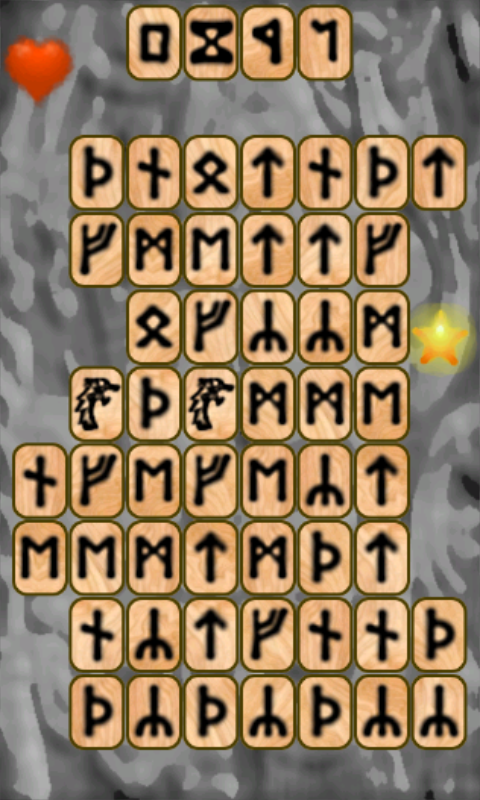I’ve been wanting to test how other mobile phone platforms work. So over the last 3 weeks all of my hobby code efforts have been put into creating a version of Rune Escape for Windows 7 phone. The following is a screenshot of the game from the emulator.
I decided to create it fully in XNA, because it is the “normal” way of creating games. Also Microsoft has only recently enabled development of XNA inside Silverlight for mobile phones, and I was unsure how/if that works on xbox360 apps, and ultimately I want to create a version of it for xbox as well. Everything is prepared for the xbox, and I “just” need to create menu system and online scoring. The Ultimate reason for non-Silverlight – I have used Scoreloop’s API for online scores, awards, and online fights, which on iPhone and Android comes with a nice UI. Because it is the pre-“Silverlight/XNA marriage” the Windows version doesn’t, so I figure as I had to develop a UI myself, I could just as well do it from first principles. I do this for fun and to learn, so first principles is fine with me!
What I’ve learned is that without Silverlight, creating menus is a hassle, and most of the development efforts is put into this. But the end-result is a product where I as the developer has full control. No problems with strange UI modification by the OS (Android is notorious at that), and I actually am quite proud of my end result.
I now have to test it on a real phone, which I expect to finish doing this week, and then I’ll upload a free version (ad supported) to the Microsoft Market place. If I get many download, then I’ll also add a paid for version, and perhaps a version of Runes’n’Dragons.
We’ll see – my next big project is an iPhone version…

